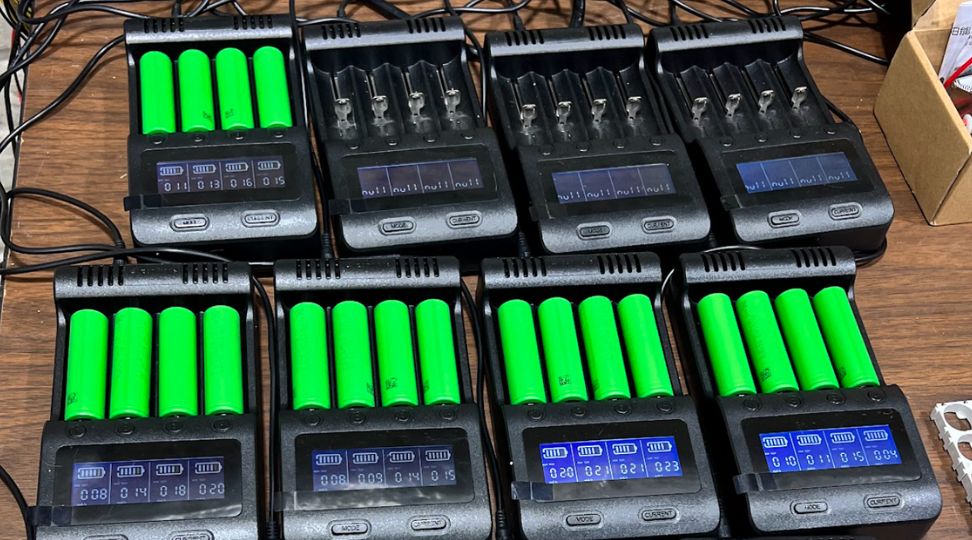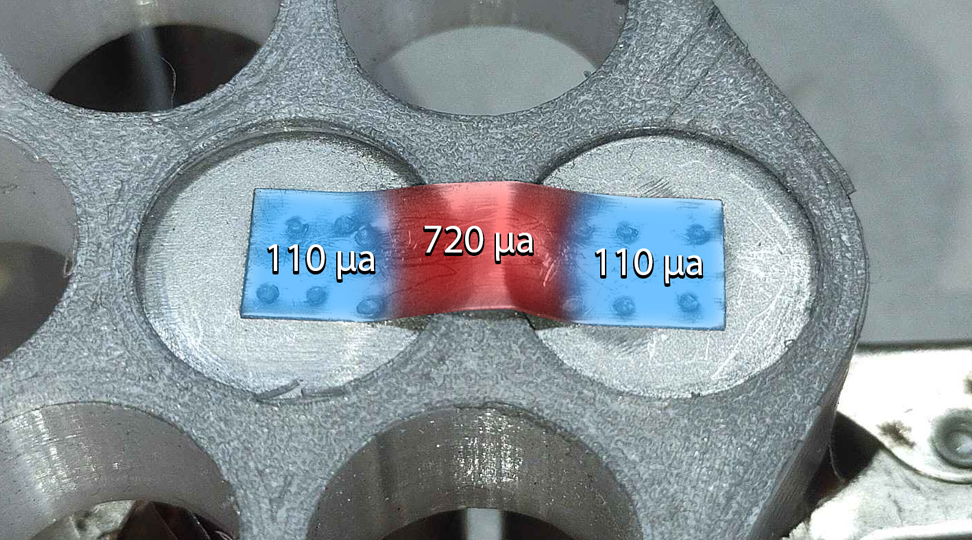
Is It Better To Store Lithium Batteries Charged or Uncharged
Storing lithium-ion batteries at a charge level around their nominal voltage, approximately 3.6 to 3.7 volts, is considered the optimal practice for extending their lifespan and maintaining performance. This middle-ground approach mitigates the risks associated with storing batteries at full charge, which can accelerate wear due to increased self-discharge rates, and the dangers of fully discharged, which can lead to irreversible damage in the event that voltage drops below a safe threshold.
By storing batteries in this "Goldilocks zone", you ensure that they remain in a safe and stable state, which minimizes stress and degradation over time. Additionally, it's crucial to store batteries away from extreme temperatures and humidity, regularly check their voltage, and use a smart charger to maintain them at the ideal storage charge, aligning with best practices for battery health and longevity.
The Chemistry of Charge: To Store Charged or Not?
When a lithium-ion battery is fully charged, it operates at its peak potential. For a single cell, this means a voltage of 4.2 volts, and for a 3S battery configuration, it equates to 12.6 volts. At this state, every cell, regardless of its make or age, undergoes a natural process known as internal self-discharge. This phenomenon is an inevitable consequence of the imperfect manufacturing processes of lithium-ion batteries, leading to minor energy transfers between the battery's positive and negative electrodes.
The Problem with Storing Fully Charge
As batteries age or sustain damage, the rate of self-discharge increases, significantly impacting performance. This degradation occurs because the internal resistance, which ideally should be infinitely high, is merely very high, allowing for some energy leakage based on the battery's voltage and resistance levels. Storing lithium batteries at full charge exacerbates this issue by keeping cells at a more reactive voltage range than necessary, thus potentially accelerating wear.
The Risks of Storing Fully Discharged
On the other hand, storing batteries in a fully discharged state (around 2.8 volts, near the low voltage cutoff) also poses risks. Over time, the battery's voltage naturally declines, and if left unchecked, can drop below safe thresholds, leading to irreversible damage. This is particularly problematic if the battery is left connected to any device, as even the slightest parasitic load can hasten voltage decline. It is possible to revive low voltage cells but in some cases, you cannot, and in all cases, some internal damage will have taken place.
The Goldilocks Zone: Storing at Nominal Voltage
The consensus among battery experts suggests that the optimal storage voltage for lithium-ion batteries lies just above their nominal voltage of 3.7 volts. Storing batteries at around 3.8 to 3.9 volts strikes a balance, ensuring that even after natural discharge, the battery remains within a safe voltage range conducive to long-term storage. This practice mitigates the risks associated with both full charge and complete discharge, ensuring the battery remains in a stable state.
Why Nominal is Optimal
At nominal voltage, lithium-ion batteries reside in the safest and most stable portion of their charge curve. This means that over time, the battery's voltage will likely settle in the vicinity of 3.7 volts, a level that poses minimal risk to the battery's health and longevity, assuming it's stored under appropriate conditions (away from direct sunlight and high humidity environments).
Practical Tips for Battery Storage
Avoid Extreme Conditions: Regardless of the charge level, always store your batteries away from extreme temperatures and humidity to prevent unnecessary stress and degradation. For more tips on keeping your batteries warm, check out How To Keep Batteries Warm.
Regular Check-ups: Periodically check the voltage of stored batteries to ensure they remain within safe limits. This is especially crucial for batteries stored for extended periods.
Consider Usage Plans: If you plan to use the battery soon, storing it closer to full charge may be practical. However, if long-term storage is intended, aim for the nominal voltage range to optimize longevity.
Use a Smart Charger: Invest in a charger capable of setting specific voltages so that you can accurately bring your batteries to the ideal storage voltage. Take a look at our Best Cell Tester And Chargers 18650/21700 article for some options of charges that will hold cells at storage voltage.
By adhering to these guidelines, users can significantly extend the lifespan and maintain the performance of their lithium-ion batteries, ensuring they deliver reliable power when needed. Understanding and respecting the delicate chemistry of these batteries is key to maximizing their potential and safety.


